Get to Know the Concept of Adaptive Social Protection
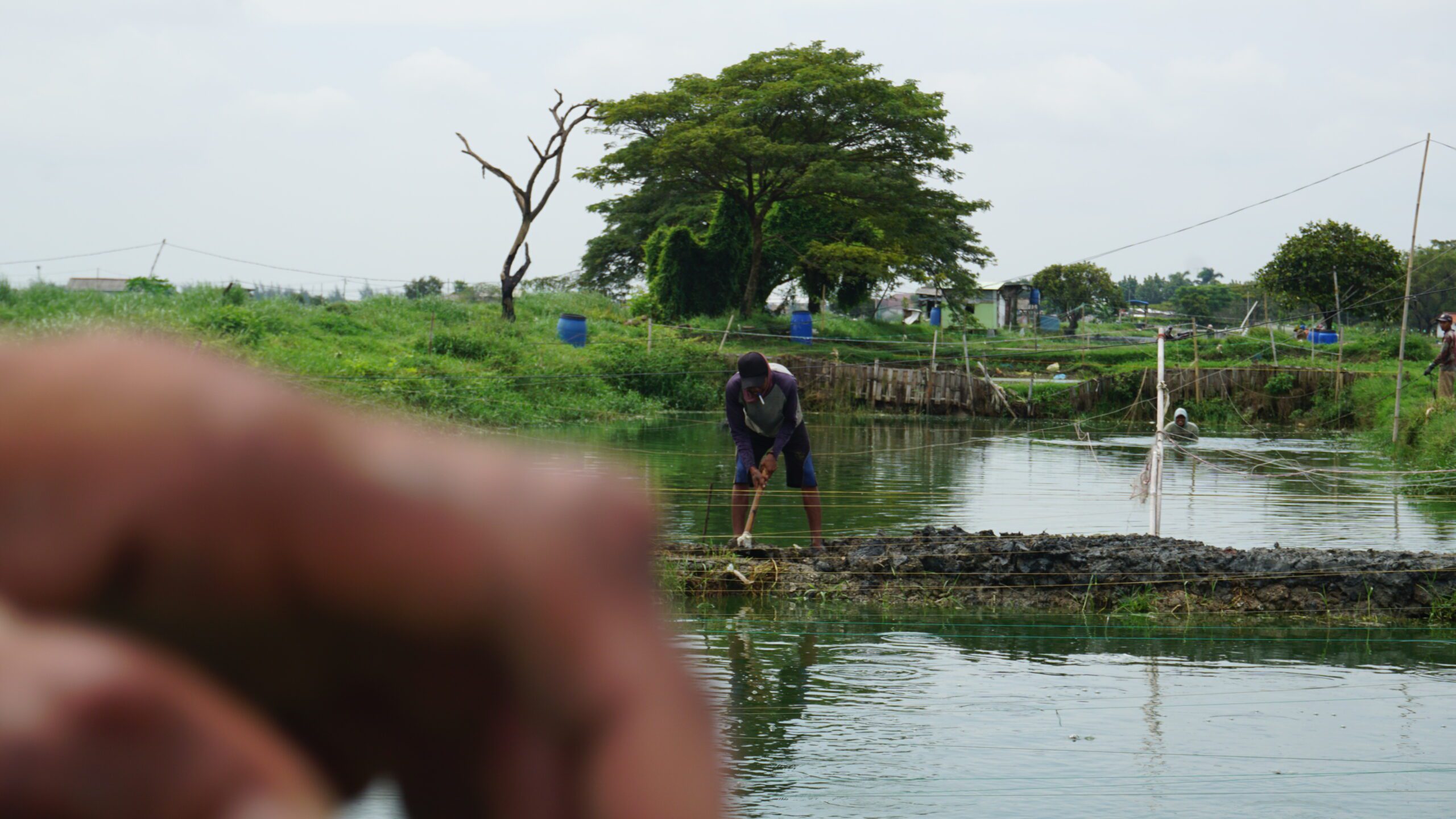 Written by: Latika Putri Barliani, Rahmah Aulia Zahra, Eri Krismiyaningsih
Future global shocks demonstrate the capacity for extensive and devastating repercussions that surpass national borders. Ten years into the future, global risks such as failure to mitigate climate change, failure of climate change adaptation, and natural disasters, and extreme weather events will stay persistent (World Economic Forum, 2023). According to OECD (Organisation for Economic Co-operation and Development), the global potential risks can be divided into different types of shocks, which are tightly linked to one another given their concurrent nature, such as climate change, political tension, and economic crisis. This can cause forced displacement for the majority of people who were impacted by the shocks. With the ever-changing climate situation, social protection needs to broaden its scope so that it can cover communities that have been impacted by both broad-scale shocks and shocks that are unique to each specific household.
As the globe grapples with unexpected hurdles, various fundamental shifts such as climate change, demographic transitions, swift globalisation, technological progress, and urban expansion are concurrently influencing the landscape of social welfare in the Asia-Pacific region (Asian Development Bank, 2023).
Adaptive Social Protection (ASP) emerged in response to the widespread call for utilising social protection to enhance the resilience of impoverished and vulnerable households against such broad-scale shocks. ASP utilises a comprehensive approach by combining different sectors and knowledge, including social protection, disaster risk reduction, and climate change adaptation (Davies, et al., 2009). Implementing ASP can make a household more resilient, thus increasing its capacity to prepare for a shock, cope with the shock, and adapt to shock (Bowen et al., 2020).
ASP has four building blocks that can be adapted to make regular social protection more adaptive, namely by expanding the design of social protection programs by increasing the number of benefits and the number of beneficiaries, especially for those affected by shocks; promoting more integrated data and information systems; increasing risk-based financing innovations that are more proactive in responding to shocks; and fostering collaboration and establishing ASP policy frameworks.
Expand Program Design by Increasing the Number of Benefits and Beneficiaries
A social protection system consists of various programmes designed to bolster and maintain households' ability to anticipate, manage, and adjust to shocks. These programmes transform governmental policies and goals into tangible results for recipient households. Within the framework of social protection, social safety net programmes can be utilised and strengthened to better equip poor and vulnerable households to withstand broad-scale shocks.
Safety net programmes offer avenues for impoverished and vulnerable households to enhance their resilience. Specifically, safety net initiatives can enhance adaptability by aiding impoverished and vulnerable households in building and broadening their assets and sources of income.
ASP offers vertical and horizontal expansion to further protect vulnerable groups from incoming shocks, vertical expansion offers protection by increasing the number of benefits by improving cash transfer benefits by offering food aid alongside, incorporating support programs into disaster preparedness training, climate change initiatives, and training for employment and entrepreneurship, lastly by strengthen savings options, facilitate access to loans, and provide insurance for livelihoods impacted by such events. As for the beneficiaries that are included in the horizontal expansion, it includes assistance to each vulnerable group (children, pregnant women, elderly, disability), households that fall within the poverty threshold, and broadening the geographic reach of program beneficiaries to encompass areas susceptible to disasters and climate change impacts (Bowen et al., 2020).
Written by: Latika Putri Barliani, Rahmah Aulia Zahra, Eri Krismiyaningsih
Future global shocks demonstrate the capacity for extensive and devastating repercussions that surpass national borders. Ten years into the future, global risks such as failure to mitigate climate change, failure of climate change adaptation, and natural disasters, and extreme weather events will stay persistent (World Economic Forum, 2023). According to OECD (Organisation for Economic Co-operation and Development), the global potential risks can be divided into different types of shocks, which are tightly linked to one another given their concurrent nature, such as climate change, political tension, and economic crisis. This can cause forced displacement for the majority of people who were impacted by the shocks. With the ever-changing climate situation, social protection needs to broaden its scope so that it can cover communities that have been impacted by both broad-scale shocks and shocks that are unique to each specific household.
As the globe grapples with unexpected hurdles, various fundamental shifts such as climate change, demographic transitions, swift globalisation, technological progress, and urban expansion are concurrently influencing the landscape of social welfare in the Asia-Pacific region (Asian Development Bank, 2023).
Adaptive Social Protection (ASP) emerged in response to the widespread call for utilising social protection to enhance the resilience of impoverished and vulnerable households against such broad-scale shocks. ASP utilises a comprehensive approach by combining different sectors and knowledge, including social protection, disaster risk reduction, and climate change adaptation (Davies, et al., 2009). Implementing ASP can make a household more resilient, thus increasing its capacity to prepare for a shock, cope with the shock, and adapt to shock (Bowen et al., 2020).
ASP has four building blocks that can be adapted to make regular social protection more adaptive, namely by expanding the design of social protection programs by increasing the number of benefits and the number of beneficiaries, especially for those affected by shocks; promoting more integrated data and information systems; increasing risk-based financing innovations that are more proactive in responding to shocks; and fostering collaboration and establishing ASP policy frameworks.
Expand Program Design by Increasing the Number of Benefits and Beneficiaries
A social protection system consists of various programmes designed to bolster and maintain households' ability to anticipate, manage, and adjust to shocks. These programmes transform governmental policies and goals into tangible results for recipient households. Within the framework of social protection, social safety net programmes can be utilised and strengthened to better equip poor and vulnerable households to withstand broad-scale shocks.
Safety net programmes offer avenues for impoverished and vulnerable households to enhance their resilience. Specifically, safety net initiatives can enhance adaptability by aiding impoverished and vulnerable households in building and broadening their assets and sources of income.
ASP offers vertical and horizontal expansion to further protect vulnerable groups from incoming shocks, vertical expansion offers protection by increasing the number of benefits by improving cash transfer benefits by offering food aid alongside, incorporating support programs into disaster preparedness training, climate change initiatives, and training for employment and entrepreneurship, lastly by strengthen savings options, facilitate access to loans, and provide insurance for livelihoods impacted by such events. As for the beneficiaries that are included in the horizontal expansion, it includes assistance to each vulnerable group (children, pregnant women, elderly, disability), households that fall within the poverty threshold, and broadening the geographic reach of program beneficiaries to encompass areas susceptible to disasters and climate change impacts (Bowen et al., 2020).
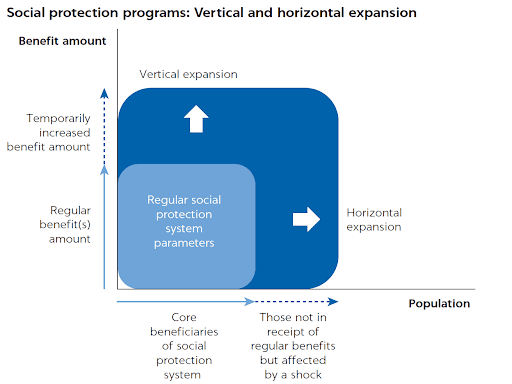
Figure 1: Expansion for Adaptive Social Protection Source: Bowen et al., 2020
Promote a more integrated data and information system Social registries are at the core of the Adaptive Social Protection information agenda. These social registry data platforms are designed to foster collaboration, aiding in reaching out, processing applications, enrolling individuals, and assessing whether they meet the criteria for participation in various social initiatives. When multiple programmes utilise a shared or unified social registry, it plays a crucial role in social policy by facilitating the coordination of efforts to reach targeted populations. This promotes collaboration among programmes aiming to provide complementary benefits and services to overlapping groups. Developing an integrated social registry system that is easy to access is essential. It can assist in leveraging advantages related to the economy in terms of scope scale. It also aids in prioritising 'systemic' outcomes, including gaining a clearer insight into the demand for social protection and improving coordination and monitoring of programme supply across various sectors to meet those needs (GIZ, 2019) by providing an entry point for potential inclusion of targeted populations in social protection programmes (Figure 2 below). Social registries have the potential to act as an entry point for one or multiple programmes (Bowen et al., 2020).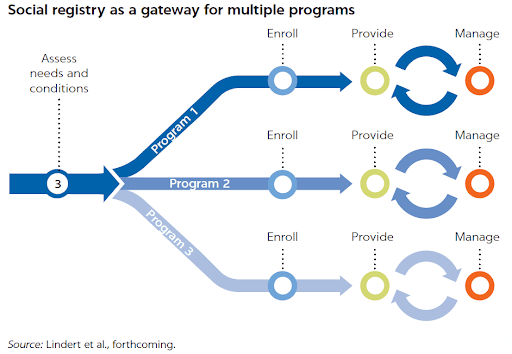
Figure 2: Social Registry Gateway Source: Bowen et al., 2020
The need for more innovative financing schemes When it comes to finance, disaster risk financing plays a major role in the overall ASP scheme. Disaster risk financing represents a shift in global perspective from viewing disasters as unpredictable humanitarian emergencies to predictable events that can be anticipated and mitigated. This shift involves moving away from reactive measures that deal with the aftermath of shocks to a proactive stance that puts the necessary systems and financing in place to deal with shocks before they occur. When applying disaster risk financing specifically to ASP, there are three key lessons to consider:- Lesson 1: Estimate response costs before the shock hits
- Lesson 2: Plan for the financing needed to ensure a timely response
- Lesson 3: Establish and link funding to effective disbursement mechanisms.
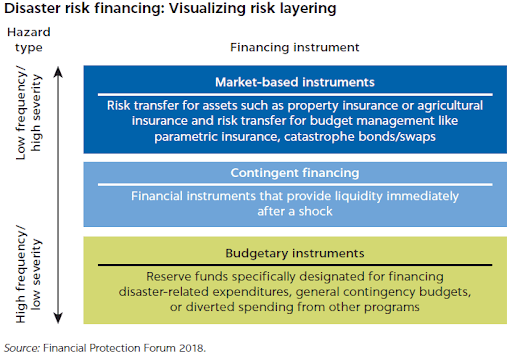
Figure 3: Disaster Risk Financing Risk Layering Source: Bowen et al., 2020
Fostering collaboration and establishment of ASP policy framework One notable aspect of ASP is the involvement of numerous government entities in its execution. Given the inherently interdisciplinary and interagency nature of enhancing resilience across preparedness, coping, and adaptation capacities, a diverse range of expertise and coordinated efforts among these actors is necessary. Effective government leadership is vital for coordinating the frequently disparate actors, relying on a clear delineation of their roles and responsibilities. Coordinating within the humanitarian system poses an ongoing challenge. Current estimates indicate that international humanitarian aid engages approximately 4,480 entities, encompassing international and national NGOs, civil society, and other organisations (Bowen et al., 2020). Barca (2020) highlights key strategies for strengthening social protection preparedness in the face of uncertainty, emphasising the importance of legal and policy frameworks. It suggests reviewing national social protection policies through a risk lens to ensure compatibility with responsive measures tailored to vulnerable populations affected by shocks. This includes incorporating necessary changes in legislation. It also advocates for robust government coordination mechanisms, both internally and with external stakeholders, including non-state actors involved in shock response. Embedding such mechanisms in governance structures is recommended for long-term effectiveness. Furthermore, understanding and addressing capacity gaps within institutions and sectors are critical steps, as is building an evidence base on the effectiveness of social protection in emergency contexts through comprehensive monitoring and evaluation efforts. References- Barca, V. (2020, September). SPACE Social Protection Approaches to COVID-19: Expert advice helpline. Preparing for Future Shocks: Priority Actions for Social Protection Practitioners in the Wake of COVID-19. https://reliefweb.int/report/world/space-preparing-future-shocks-priority-actions-social-protection-practitioners-wake
- Bowen, T., Ninno, C. del, Andrews, C., Coll-Black, S., Gentilini, U., Johnson, K., Kawasoe, Y., Kryeziu, A., Maher, B., & Williams, A. (2020). Adaptive Social Protection Building Resilience to Shocks. https://www.worldbank.org/en/publication/human-capital/publication/adaptive-social-protection-building-resilience-to-shocks-key-findings
- Davies, M.; Guenther, B.; Leavy, J.; Mitchell, T. and Tanner, T. (2009) Climate Change Adaptation, Disaster Risk Reduction and Social Protection: Complementary Roles in Agriculture and Rural Growth?. Working Paper 320, Brighton: Institute of Development Studies. https://onlinelibrary.wiley.com/doi/abs/10.1111/j.2040-0209.2009.00320_2.x
- GIZ. (2019). Building an integrated and digital social protection information system. https://socialprotection.org/sites/default/files/publications_files/GIZ_DFID_IIMS%20in%20social%20protection_long_02-2020.pdf
- UNDP. (2021). Unified Social Registry: Towards An Efficient Social Protection System. https://www.undp.org/malaysia/publications/issue-brief-unified-social-registry-towards-efficient-social-protection-system
- Asian Development Bank. (2023). Emerging Trends in Social Protection in Asia and the Pacific. https://www.adb.org/news/features/emerging-trends-social-protection-asia-pacific

